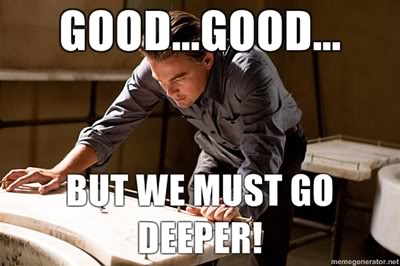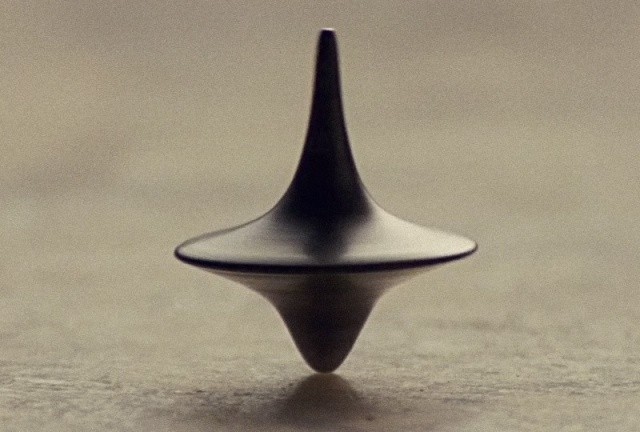We read fiction because we seek an emotional experience. A novel or short story conveys emotion in three ways: through description, dialogue, and voice. The last is the hardest to understand, but writers who evoke emotion through voice often create an addicting reading experience. It is essential to learn to write with voice, because when we like the voice a writer employs and the emotions it evokes, we love hearing it in our head and are compelled to keep reading.
The Hunger Games by Suzanne Collins did this for me. The moment I opened the book, I was no longer reading words on a page. I was listening to a human voice paint images and feelings. Since the book is written in the first person, voice is natural byproduct; but there are
certain stylistic qualities to the voice that make it evocative. Check out the following passage, where the protagonist, Katniss, talks about her cat:
Sitting at Prim’s knees, guarding her, is the world’s ugliest cat. Mashed-in nose, half of one ear missing, eyes the color of rotting squash. Prim named him Buttercup, insisting that his muddy yellow coat matched the bright flower. He hates me. Or at least distrusts me. Even though it was years ago, I think he still remembers how I tried to drown him in a bucket when Prim brought him home. Scrawny kitten, belly swollen with worms, crawling with fleas. The last thing I needed was another mouth to feed. But Prim begged so hard, cried even, I had to let him stay. It turned out okay. My mother got rid of the vermin and he’s a born mouser. Even catches the occasional rat. Sometimes, when I clean a kill, I feed Buttercup the entrails. He has stopped hissing at me.
So what makes the voice in the above passage, and the entire novel, so strong?
1. A real human being is speaking, not your English teacher. When we speak, we often speak in fragments and disregard the rules of grammar. Notice the second sentence has no verb, and thus is a fragment. Still, it is clear, and does not draw attention to itself. If you are going to be ungrammatical at times, make sure both are the case. The simple yet colorful vocabulary and the varied sentence structures also resemble how a person would speak a story, not just write one.
2. The voice creates images (and other sensations). A common problem with first person stories is rambling. Writers fixated with trying to create the impression of natural speech tend to allow their protagonists to ramble about their opinions. Collins makes sure her protagonist speaks in images, sensations, and actions – incasing opinion in between. Notice how the image of the cat is evoked in our mind, using words that connote the protagonists feelings toward the cat. The cat isn’t just ―ugly,‖ its eyes are ―the color of rotting squash (image)‖ and ―it hates her (opinion).‖ When strong images surround the protagonist’s feelings, the reader’s emotions are evoked.
3. The voice flows. The only way to know how to create flow is to develop an ear for it by reading. In general, flow is created by varying sentence and paragraph structure. Starting too many sentences and paragraphs with the same word, having them be the same length, with the same number of clauses destroys flow because it draws attention to the pattern of the words. You never want to draw attention to the words; the reader’s attention should always be on the music of the voice and the images and sensations the voice is creating. Notice how short and abrupt sentences are intermixed in the above example. ―She hates me‖ comes after several long sentences. ―He has stopped hissing at me‖ ends the paragraph perfectly because of its succinctness.
CREATIVE WRITING TIP: Even if you write in third person, everything still applies. When editing your third person story, try to hear the POV character’s voice narrating, and even replace ―he or she‖ with ―I‖ in your head for full effect. It definitely helps get out of the ―English teacher‖ mindset.
The reader should be dreaming the words, lost in the story, and voice is a key component of inducing this dream. So, like The Hunger Games, learn to write with voice and make your readers dream!







